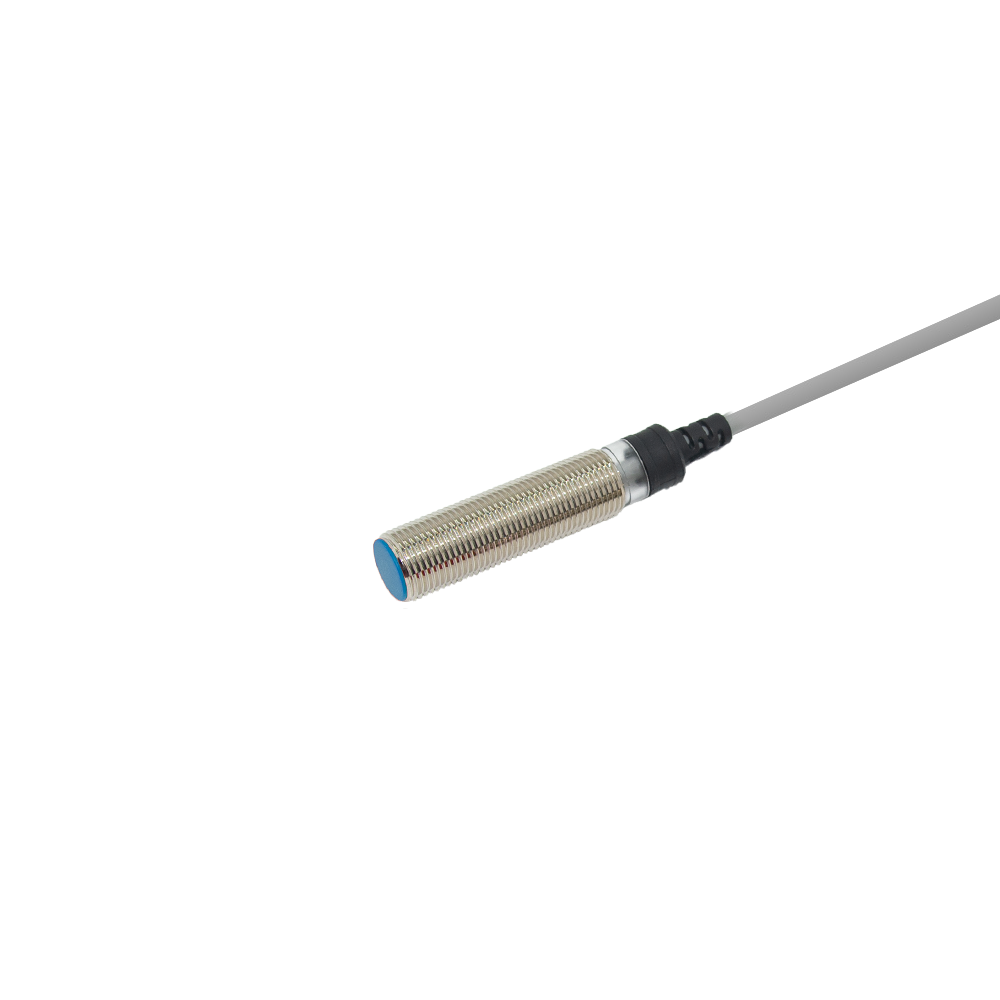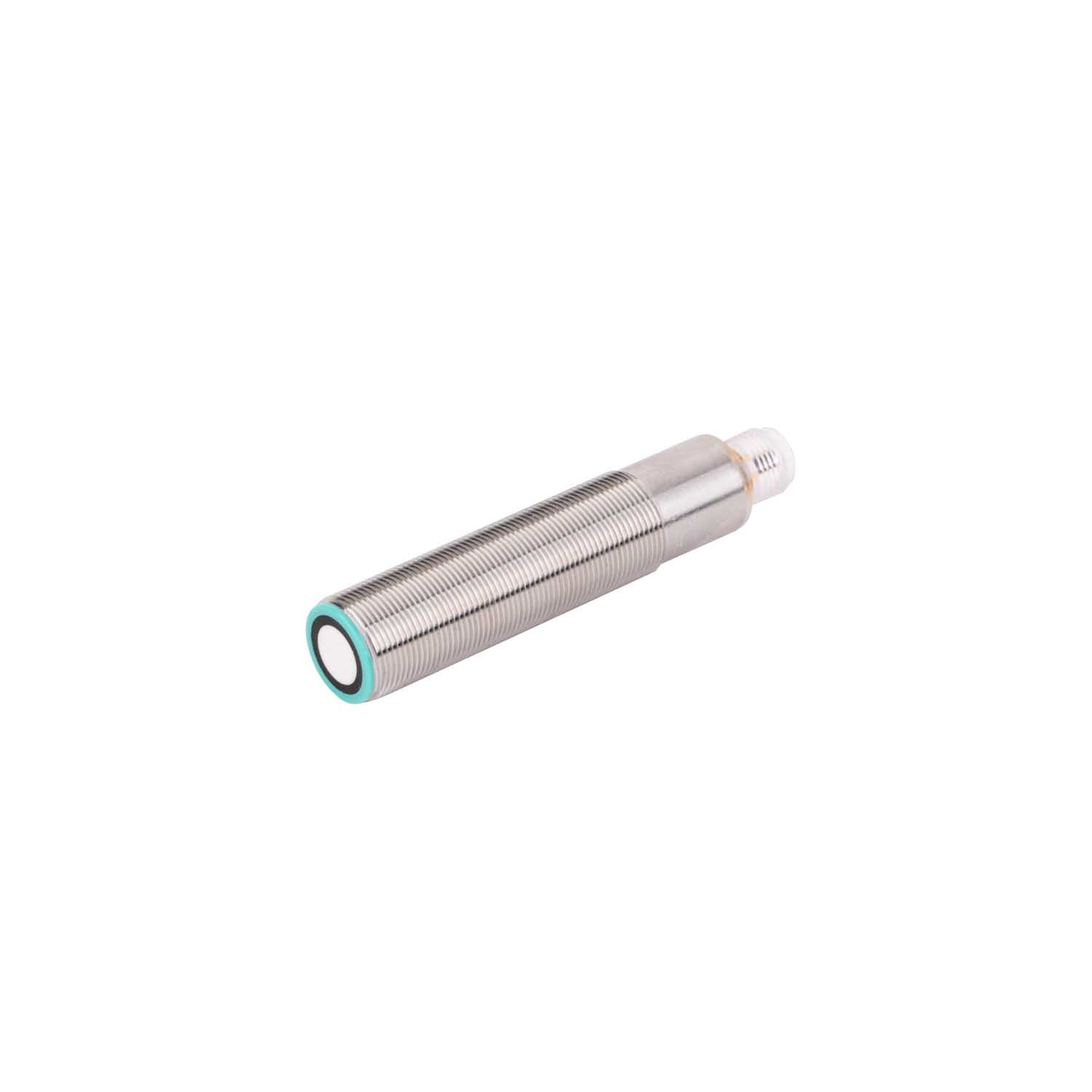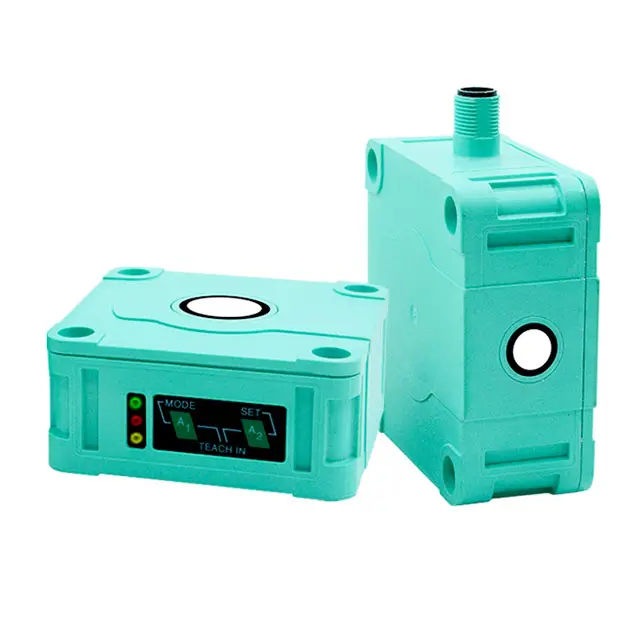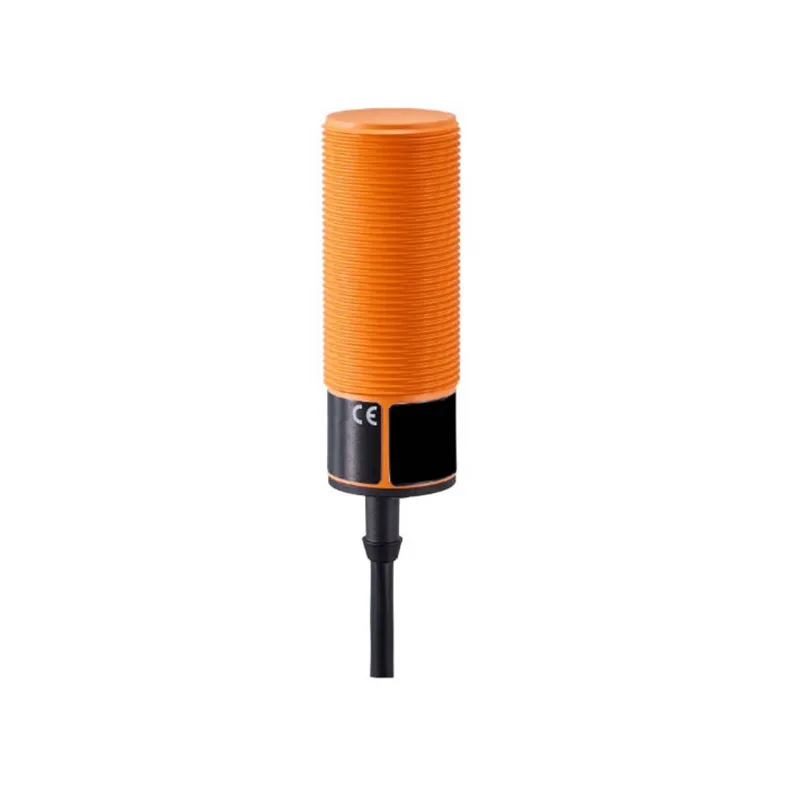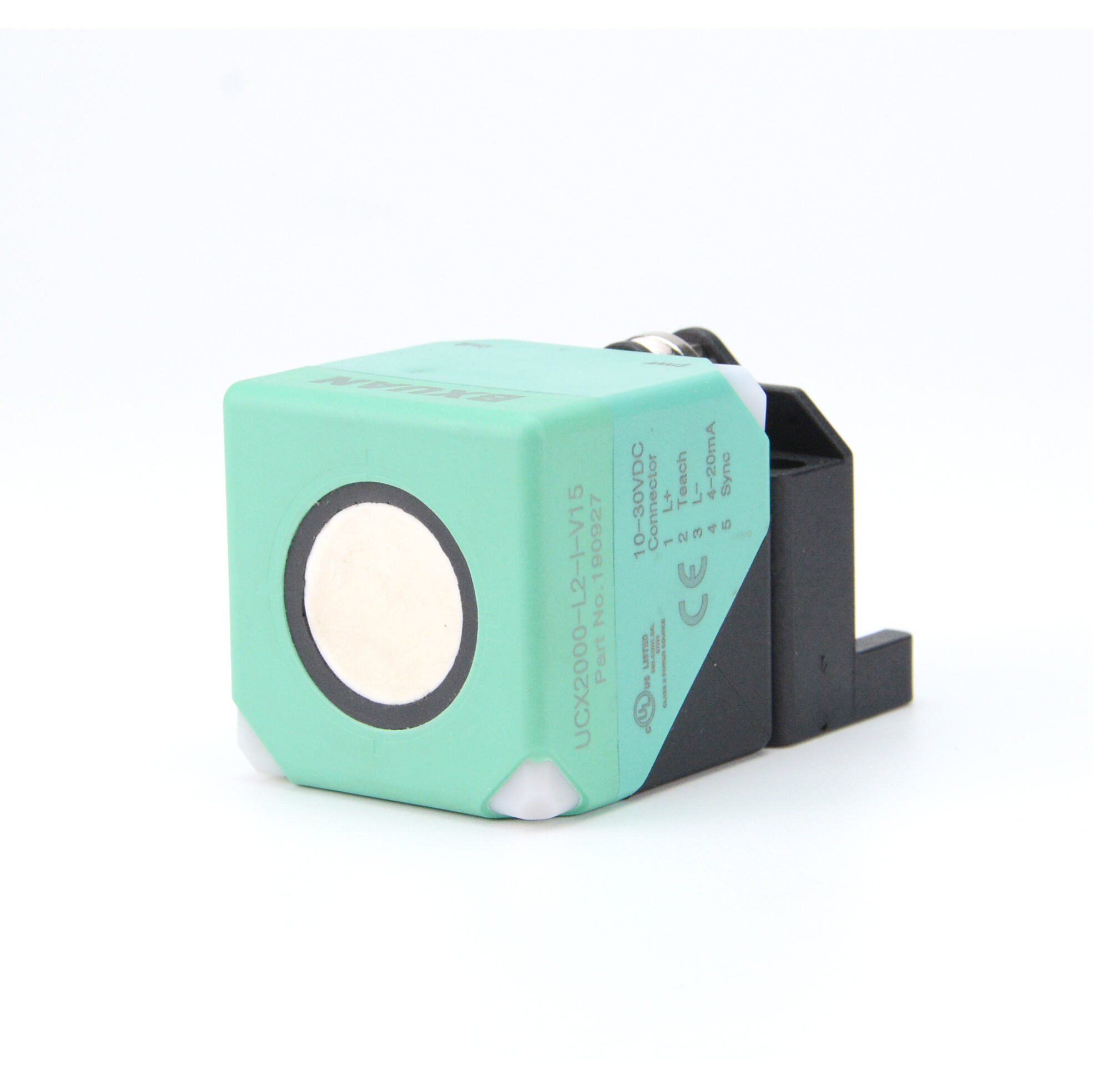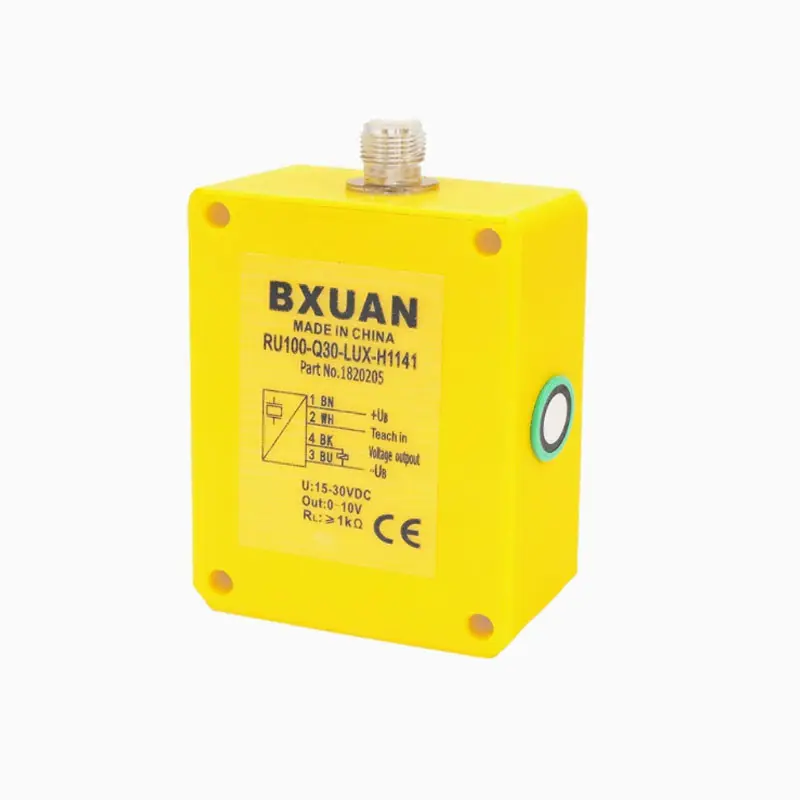sensor proximity pnp
The sensor proximity PNP represents a sophisticated electronic device designed to detect the presence or absence of objects without physical contact. Operating on the PNP (Positive-Negative-Positive) configuration, these sensors utilize advanced electromagnetic field or beam technology to identify target objects within their sensing range. The device generates an output signal when an object enters its detection zone, making it invaluable in various industrial automation applications. The sensor's PNP output configuration means it sources current to the load, providing excellent compatibility with modern control systems and PLCs. These sensors typically feature adjustable sensing ranges, LED status indicators, and robust housing designed to withstand harsh industrial environments. Their rapid response time, typically in milliseconds, enables real-time object detection and process control. The sensor proximity PNP can detect various materials, including metals, plastics, and liquids, depending on the specific sensing technology employed. They are particularly valued in manufacturing lines, packaging systems, and automated assembly processes where precise object detection is crucial. The integration capabilities of these sensors, combined with their reliability and durability, make them essential components in modern industrial automation systems.

